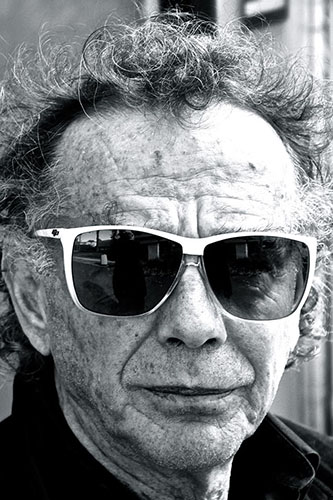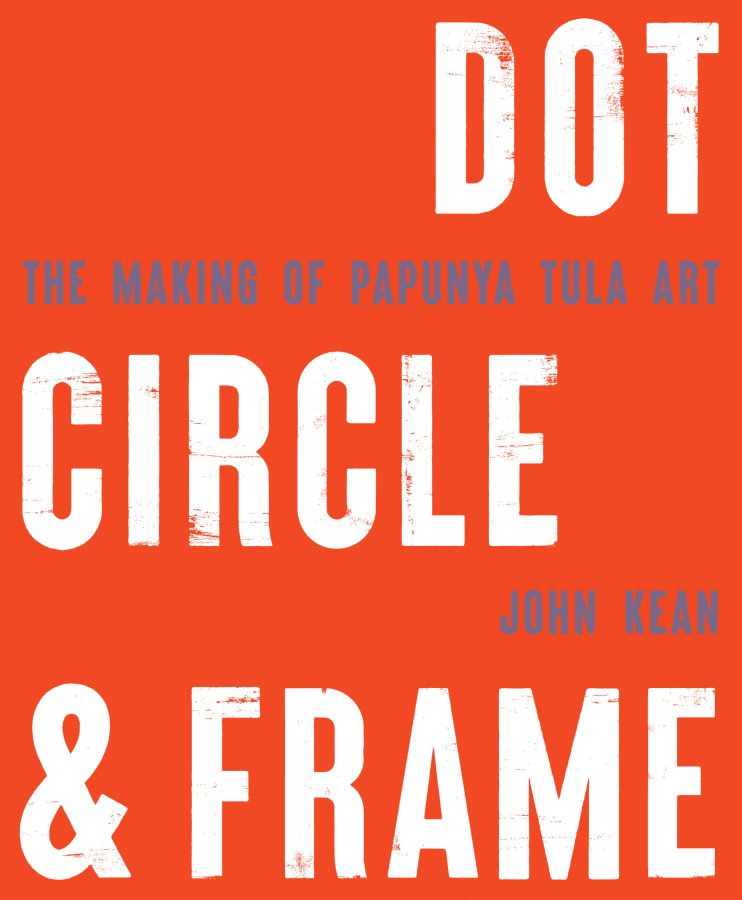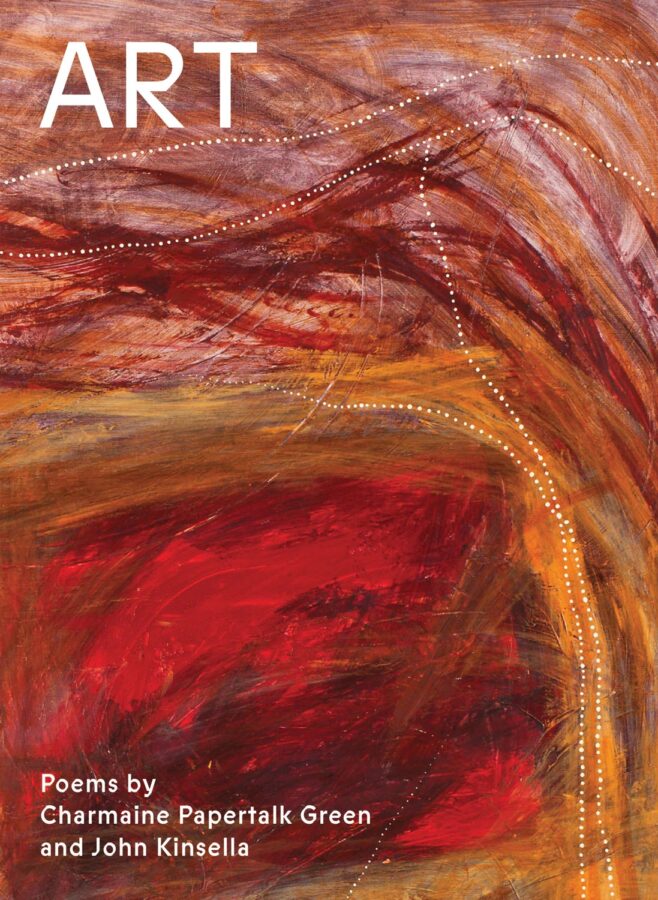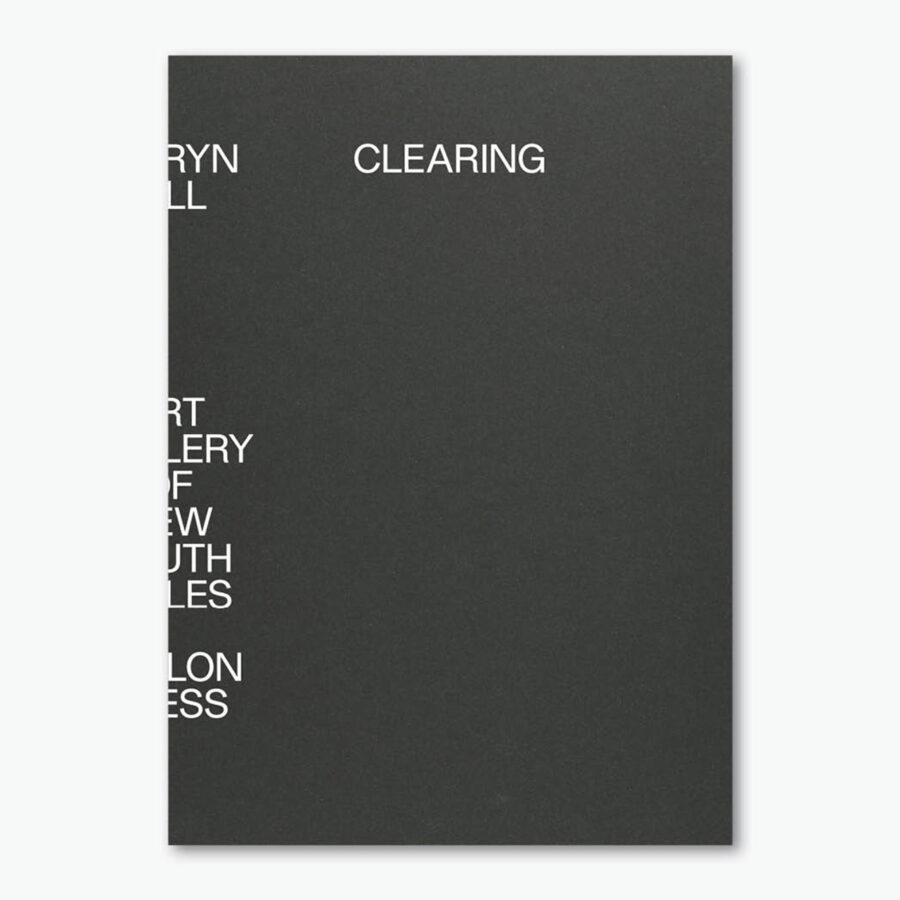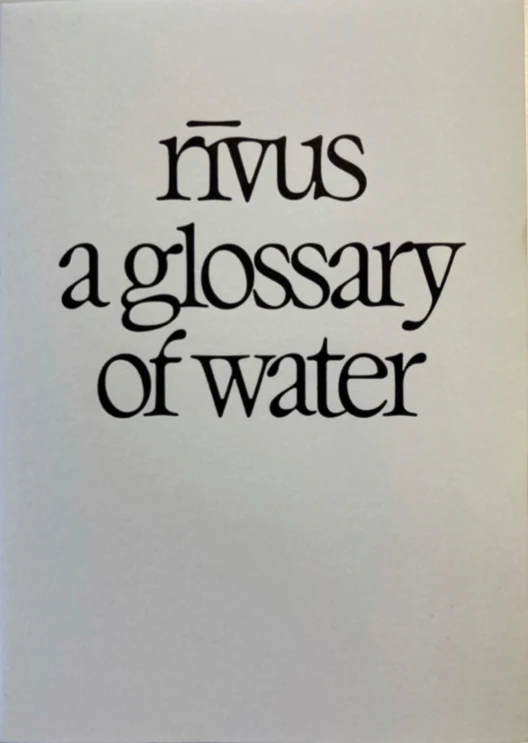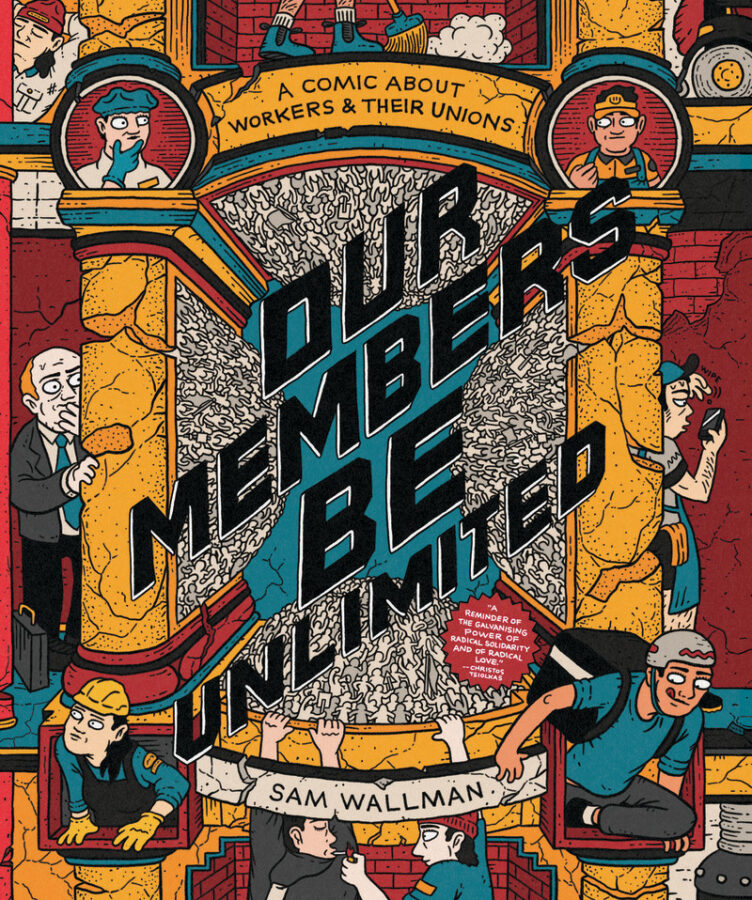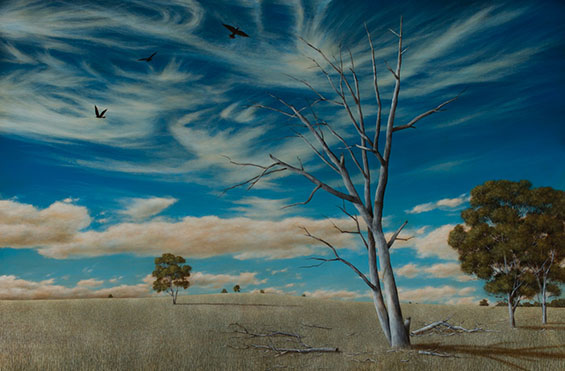
On a flight into Sydney last week, ignoring the cornucopia of drek available, I chose to watch instead Rolf de Heer’s Charlie’s Country (2013), starring (and I mean starring) David Gulpilil as Charlie. The film is a character study rather than a narrative excursion, but it does have an episodic kind of a plot, with a resolution that might appear, under the circumstances, overly optimistic. Or not. One of its outstanding features is the quality of laughter Charlie and his besieged friends demonstrate in the face of adversity: a high, yipping, gleeful tone which crescendos as they turn their own misfortunes into a joke at their oppressors’ expense.
The laughter does not last all the way through, however, because the film’s rehearsal of the diminishing alternatives available to someone like Charlie does not, in the end, allow it. Instead, what is in many ways a meditation upon David Gulpilil’s face culminates in a profoundly moving scene during which he gazes steadily at the camera while his long curly hair and grey beard are shaved off; this is because he has ended up in jail. The resolution comes when Charlie, upon his release, finally agrees to teach the local children how to dance; it suggests, inter alia, that the making of art as a way of living is one option still open to Indigenous people. I saw this option in practise out at Standley Chasm, west of Alice Springs, when an extended family of about a dozen people lunched at the kiosk, in exchange for a basket full of painted eggs set out for sale at $25 each in the gift shop; though whether the food was a down payment or the full fee for the exchange was unclear.
The art / money nexus was exposed in a different way with the recent resignation of Ron Radford as Director of the National Gallery of Australia and the appointment of Gerard Vaughan as his replacement. Vaughan was for thirteen years Director of the confusingly named National Gallery of Victoria, but resigned in 2012 to become the Gerry Higgins Professorial Fellow attached for a three-year term to the Australian Institute of Art History at Melbourne University. Professor Vaughan taught a postgraduate course on the history and philosophy of museums and is writing a book about private collecting of Australian art.
His position at Melbourne University was funded by Allan Myers, pastoralist, barrister and businessman, who was President of the NGV for nine years during Vaughan’s directorship and is now Chair of the National Gallery Council, which chose Vaughan ‘after an international search geared towards appointing the best Australian or international person who was extremely knowledgeable of the Australian art scene’. Myers conferred with fellow council members, philanthropist and pastoralist Tim Fairfax and Brisbane art dealer Philip Bacon, before settling upon Vaughan for the job. He suggested that his new Director’s three key challenges will be pushing through stage two of the gallery’s expansion, dealing with the Shiva issue, and addressing shortfalls in the gallery’s tightening budget. Finding money is one of Vaughan’s skills. Previous to his NGV appointment, he was a highly effective fundraiser at the British Museum. Vaughan himself said he was keen for the gallery to focus on art from the Asia-Pacific region and to engage in what he called ‘cultural diplomacy’.
Cultural diplomacy in a different form may have resolved one aspect of the Shiva issue, so called, which appears to have queered Radford’s chances of staying on in a job he had held for more than a decade. The work in question, an eleventh century Chola bronze statue of a dancing Shiva valued at $5.1 million, was among 21 items the NGA purchased from disgraced New York art dealer Subhash Kapoor, whom Interpol has called ‘the world’s biggest commodity smuggler’. The manager of Kapoor’s Manhattan gallery, Aaron Freedman, pleaded guilty in the New York Supreme Court to forging documents for various antiquities and admitted that he and others stole the gallery’s Shiva, on Kapoor’s behalf, from a temple in southern India before arranging for it to be shipped to the US then transported to the NGA.
The NGA’s checks on the forged provenance for the statue seem to have been somewhat perfunctory; they included looking up a White Pages telephone directory and going on Google Earth to see if one of the addresses of an alleged former owner, in Pennsylvania, actually existed. Prime Minister Tony Abbott returned the Dancing Shiva, and another art work, to the Indian Government during his recent visit there to spruik uranium sales.
In other gallery news, an exhibition partnership between the Museum of Modern Art in New York and the Art Gallery of Western Australia in Perth has ended early, with only three of the planned six exhibitions staged. The AGWA cited freight and insurance costs, along with declining attendances, as factors and confirmed that it is contractually obliged to pay MoMA cancellation fees. Art lovers in WA have already had an opportunity to see ‘Picasso to Warhol: Fourteen Modern Masters’; ‘Picturing New York’, in which 90 photographers record sections of the Big Apple; and ‘Van Gogh, Dali and Beyond: The World Re-imagined’, which closes on December 2. Three other exhibitions, ‘Contemporary Encounters’, ‘Counter Space: Design and the Modern Kitchen’, and ‘Masters of Post Impressionism’, will not now be seen in Perth.
MoMA Director Glenn Lowry is in Australia next week, giving a lecture at the National Gallery of Australia on October 29 about the ‘participatory museum’. He says visitors desire greater interaction when they visit galleries and want to be including in the making of art. ‘There’s a hunger, I believe, for people to feel that they are not just looking at the art on the wall, but they are helping to make that art.’
Back in Sydney, Dr Michael Brand, the Director of the Art Gallery of New South Wales, has announced an architectural competition to select the firm which will design the new, $450 million extension to the gallery. The announcement coincides with reports that the AGNSW is ‘in crisis’. This is because Brand has fired three long-serving members of staff, including both his communications managers, and then re-advertised their positions more or less unchanged. The Daily Telegraph reported that the redundancies followed the creation at the gallery of a new department called Public Engagement. ‘Restructuring is tough,’ Dr Brand said, ‘but I have limited resources and we have much greater expectations on us.’
For another view on what goes on between art, money and people, a recent issue of Runway, the independent Australian experimental art journal, has an illuminating article by Ben Eltham called ‘Paying the Piper : Art in an Age of Elite Capital’. Eltham goes into rather more detail about some of these matters, including the Biennale boycott (remember that?) earlier this year.
Peter Carey was in town this week, talking to Jennifer Byrne at the Sydney Opera House on Monday evening. He was doing pre-publicity for his new novel, Amnesia, and, in a weird concatenation of events, an article in Tuesday’s Sydney Morning Herald, headed ‘For Peter Carey the Whitlam Dismissal Is More Than A Memory’, was coincident with reports of Gough’s death at the venerable age of 98. Among the many quotable remarks by the great man, perhaps the most significant is one he made on August 16, 1975. ‘Vincent Lingiari, I solemnly hand to you these deeds as proof, in Australian law, that these lands belong to the Gurindji people and I put into your hands part of the earth itself as a sign that this land will be the possession of you and your children forever,’ Gough said, before pouring a parcel of red dust into Lingiari’s outstretched hand.
This week’s Sydney Review of Books features a superb personal essay by novelist Wayne Macauley on one of his great influences, the Swiss writer Robert Walser. Admired by Franz Kafka, Susan Sontag, J. M. Coetzee and W. G. Sebald, among others, Walser is one of the twentieth century’s most enigmatic, quirky and charming literary figures. In ‘Nobody should be afraid of his little bit of weirdness’, Macauley argues that Walser’s work is characterised by its peculiarly unassuming quality, its unusual lack of ambition, its attempt to efface its own claims to authority. This is precisely what makes Walser so unique and appealing: the humour and intimacy of his writing, Macauley proposes, derives from its guileless presence and its ‘wonderful sense of childish play’.
The second essay this week is Andrew McCann’s look at the legacy of another writer whose reputation has blossomed posthumously, the revered Chilean novelist Roberto Bolaño. In ‘Heroes, Tombs and Street Names’, an extended review of two new and groundbreaking works – one a study by Bolaño’s Australian translator Chris Andrews; the other a collection of biographical reminiscences – McCann considers the way in which the ‘monumentalisation’ of Bolaño in the wake of his untimely death in 2003 is uncannily prefigured in his own fiction. There is, he suggests, something deeply affecting and compelling about Bolaño’s oblivion-haunted vision:
This sense of somehow finding ourselves in Bolaño’s writing is partly what accounts for the fervour with which it is read by people committed to the idea that literature is something more than a form of distraction or entertainment. In Bolaño’s work, literature is a way of being in the world, and it is the only one that really seems to matter.
From the archives this week looks back an earlier contribution from Macauley: a review from last year of a novel by one of Walser’s contemporaries, the popular German writer Hans Fallada. In ‘Little People, Big Times’, Macauley considers Fallada’s fiction as a response to his historical moment, in particular the collapse of the German economy and the rise of Nazism in the 1920s and 1930s. Fallada’s 1933 novel Little Man, What Now?, argues Macauley, is a heartbreaking, resonant and still very relevant depiction of the devastating effects of ‘big economics’ on ‘little people’.
